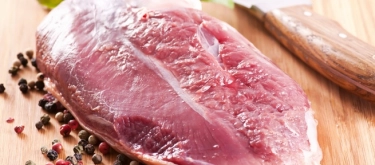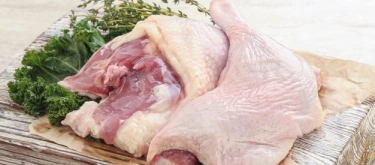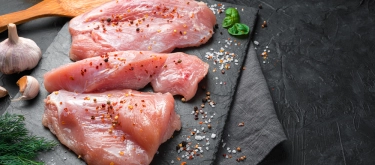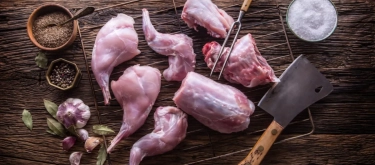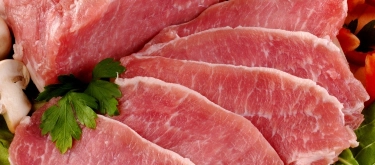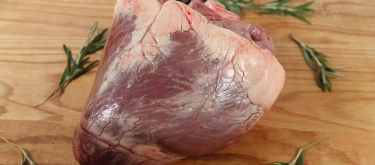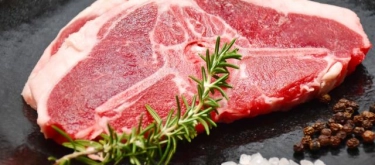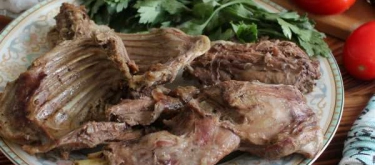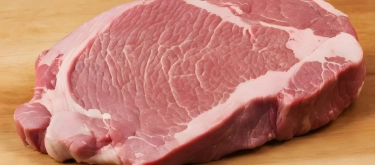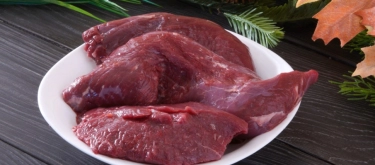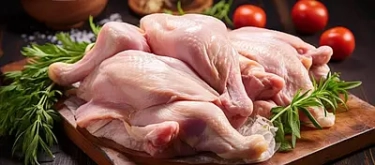Turkey: Taste Profile, Aroma, Benefits and Health Risks
Turkey, originally native to North America, is now globally recognized as a staple protein, deeply embedded in culinary traditions, especially prominent during festive occasions. Valued for its lean nutritional profile, mild flavor, and versatile culinary applications, turkey ranges from traditional roast dishes to modern recipes like burgers, wraps, and stews, appealing widely to health-conscious and gourmet tastes alike.
Turkey is animal-based poultry meat, unsuitable for vegetarians and vegans. It is naturally gluten-free, high-protein, and generally safe for individuals with common food allergies, but cross-contamination risks may exist in processed or seasoned turkey products. Thorough cooking is essential to prevent foodborne illnesses.
What does Turkey taste like?
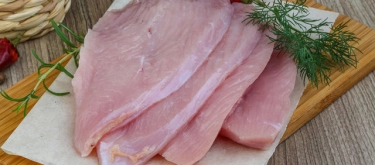
Complete Sensory Description
Taste:
Turkey has a mild, slightly sweet, savory taste that resembles chicken but with richer, more substantial flavor notes. White meat (breast) offers subtle sweetness and gentle flavor, while darker meat (legs, thighs) features deeper, richer, and juicier tastes.
Aroma:
Fresh turkey possesses a clean, mild poultry aroma. Cooking develops appetizing scents—richly roasted, subtly sweet, caramelized fragrances accented by herbs, spices, or citrus, depending on preparation.
Texture:
Turkey’s texture varies notably—breast meat is tender yet firmer and leaner, prone to dryness if overcooked. Darker turkey meat is tender, succulent, juicier, and more forgiving with varied cooking methods.
Appearance:
Fresh turkey meat appears pale pinkish-white (breast) or darker reddish-brown (legs, thighs). Cooked turkey develops golden-brown exteriors, crisped skin, and moist white or dark meat interiors.
Varieties and Culinary Uses
-
Whole Turkey:
Ideal for roasting, especially popular in festive meals, seasoned and stuffed with herbs, fruits, or aromatics. -
Turkey Breast (Boneless or Bone-in):
Lean, healthy, convenient; excellent for roasting, grilling, sandwiches, salads, or meal prep. -
Turkey Legs and Thighs:
Darker, richer meat; suitable for roasting, braising, grilling, or slow cooking, offering flavorful tenderness. -
Ground Turkey:
Lean alternative for burgers, meatballs, sausages, or chili, providing versatile, health-conscious protein options.
In-depth Flavor Analysis
-
Mild and Versatile:
Turkey’s gentle sweetness and neutral savory profile allow seamless pairing with diverse flavors, herbs, sauces, and spices. -
Richness and Juiciness (Dark Meat):
Dark turkey meat offers richer, deeper flavor notes, greater juiciness, and more tender textures, ideal for slow cooking or roasting. -
Flavor Development through Cooking:
Roasting, grilling, or frying intensifies turkey’s natural savoriness, creating complex, caramelized, and richly aromatic flavors. -
Flavor Evolution:
Cooked turkey transforms from mild raw meat into delicately savory, tenderly sweet flavors, enhanced greatly by seasoning, roasting, and preparation methods.
Culinary Applications
-
Roasted Turkey:
Traditional centerpiece for holidays and celebrations, seasoned with herbs, butter, citrus, or aromatic stuffing for flavorful results. -
Grilled and Smoked Turkey:
Provides smoky, richly flavorful meat, excellent in sandwiches, wraps, or salads. -
Ground Turkey Meals:
Healthy protein alternative for meatballs, burgers, sauces, tacos, chili, or casseroles, adding lean nutrition. -
Soups and Stews:
Turkey legs, thighs, or leftover meat create flavorful broths, soups, or comforting stews, imparting nutritious, satisfying meals.
Selection and Storage
Selecting Quality Turkey:
- Fresh turkey should appear firm, moist, pale pinkish-white (breast) or darker pinkish-red (legs), without unpleasant odors or excessive moisture.
- Prefer fresh, clearly labeled turkey products indicating freshness dates, sourcing, and packaging methods.
Storage Recommendations:
- Store fresh turkey refrigerated at temperatures below 4°C (39°F) and consume within 2–3 days.
- Freeze turkey tightly wrapped or sealed for longer storage, ideally consuming frozen turkey within 6–9 months for optimal freshness.
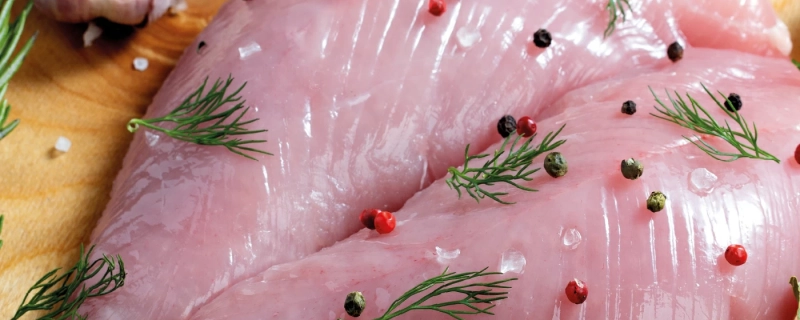
Nutritional Insights
-
Lean Protein:
Exceptional source of lean, complete protein essential for muscle maintenance, growth, and overall health. -
Low in Fat and Calories:
Turkey, especially breast meat, is notably lower in fat and calories compared to other meats, making it ideal for heart-healthy diets. -
Rich in Vitamins & Minerals:
Contains vitamins B6, B12, niacin, zinc, selenium, and phosphorus, crucial for metabolism, energy production, immune health, and cellular function. -
Healthy Dietary Choice:
Turkey is popular among fitness enthusiasts, health-conscious individuals, and athletes due to its excellent nutritional profile.
Expert Insights & Culinary Tips
-
Avoiding Dryness:
Culinary experts recommend brining, marinating, or basting turkey during roasting to retain moisture and tenderness. -
Flavor Pairings:
Turkey pairs well with sage, rosemary, thyme, garlic, cranberries, citrus, apples, mushrooms, and warming spices, enhancing flavor complexity and gourmet appeal. -
Cooking & Resting:
Allow roasted turkey to rest for at least 15–20 minutes after cooking to redistribute juices, ensuring tenderness, moisture retention, and enhanced flavor.
Interesting and Curious Facts
- Turkey became globally popular through American cultural traditions, prominently served during Thanksgiving, Christmas, and other festive occasions.
- The United States, Canada, and Europe are among the largest global turkey consumers and producers.
- Due to its low-fat, high-protein qualities, turkey has become a favored ingredient in fitness-focused diets and meal-prep routines worldwide.
How to Enjoy Turkey
- Roast whole turkey seasoned with herbs, spices, or citrus fruits as a festive centerpiece.
- Grill or smoke turkey breast, thighs, or legs for richly flavored, succulent meals.
- Use ground turkey in healthy burgers, meatballs, chili, tacos, or pasta dishes for versatile culinary creations.
- Combine leftover roasted turkey in salads, sandwiches, soups, or casseroles for nutritious, delicious meals.
Harm and Dietary Considerations
-
Food Safety:
Always cook turkey thoroughly to a safe internal temperature (74°C or 165°F) to eliminate risks of Salmonella or other pathogens. -
Potential Dryness:
Turkey breast meat is prone to dryness; careful preparation (brining, marinating, correct cooking) is crucial for tender, juicy results. -
Cross-Contamination Risks:
Follow proper handling, storage, and hygiene practices to prevent bacterial contamination.
Final Thoughts & Sensory Journey
Turkey remains a universally cherished protein, celebrated for its mild taste, nutritional benefits, and culinary versatility. Its presence at festive tables, as well as everyday meals, underscores its widespread popularity and gastronomic appeal, offering a nutritious, delicious, and deeply satisfying culinary experience.
Resources
- McGee, H. (2004). On Food and Cooking: The Science and Lore of the Kitchen. Scribner.
- USDA Food Safety and Inspection Service (2022). Turkey: Nutritional Information, Safe Handling & Cooking.
- Food and Agriculture Organization (FAO). (2021). Global Poultry: Production, Consumption, and Nutritional Insights.
